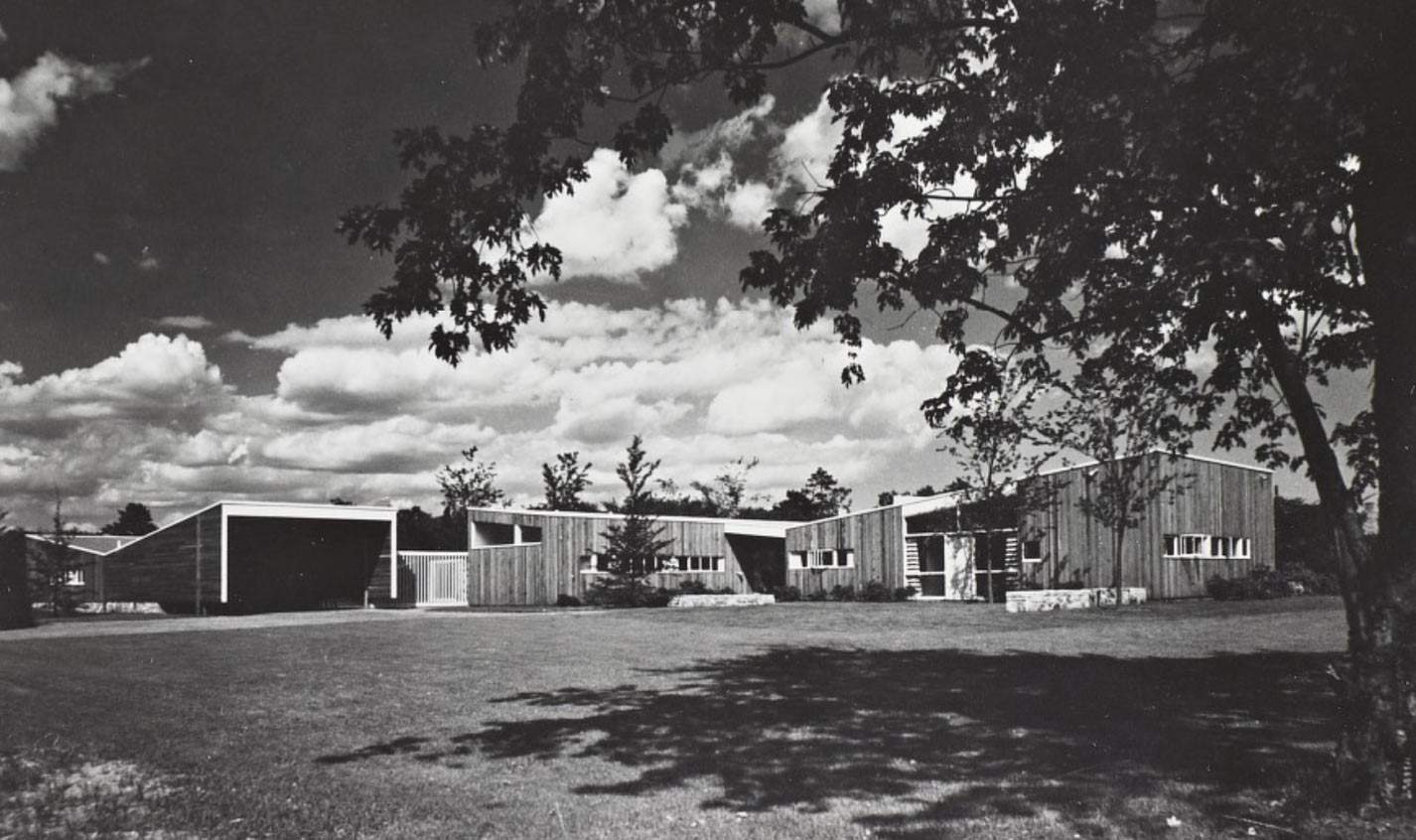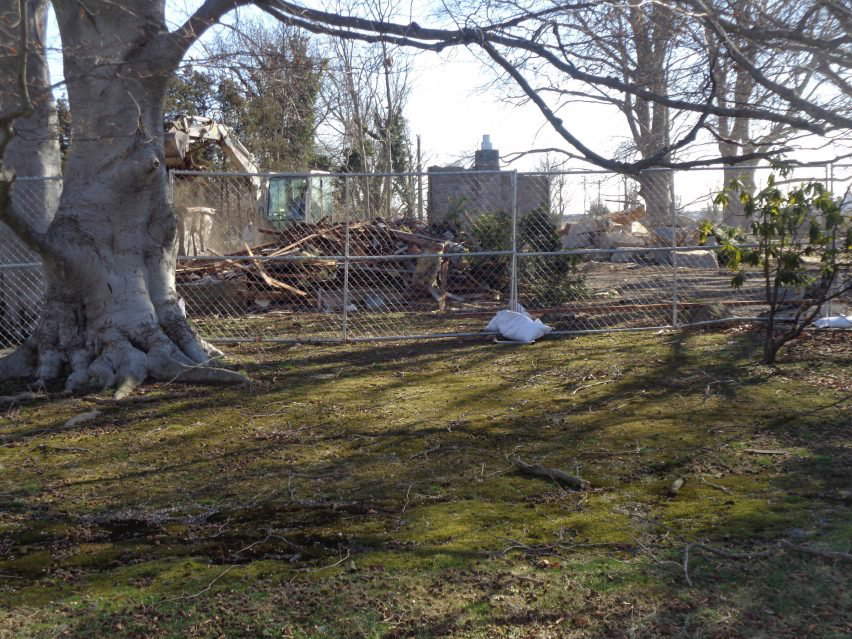U.S., demolished house of Marcel Breuer, great Bauhaus architect. devastating loss
Bad news from the United States: in Lawrence, a New York suburb a short distance from Brooklyn and at the beginning of Long Island, Geller House I, an influential architectural work by Marcel Breuer (Pécs, 1902 - New York, 1981), the great Hungarian Bauhaus architect who moved to America after the rise of Nazism, has been demolished. Reporting the news are several sources including the New York Times. The demolition was decided upon by the building’s current owners, despite the fact that many people have fought to preserve it. According to architectural historians, the New York Times explains, the destruction of Geller House I responds to market logic and demonstrates how too lax preservation laws put modernist architecture at risk.
The building was commissioned from Breuer in November 1944 by Bertram and Phyllis Geller. It was the first example of a binuclear house designed by Breuer: binuclear houses, a concept of his own invention, were buildings that went beyond the traditional conventions of architecture by physically separating, by the inclusion of a courtyard or hallway instead of arranging them on two floors, the “public” rooms of the house (such as living rooms) from the “private” rooms (the bedrooms). The exterior had cedar siding, and was relieved by large windows reaching from the floor to the ceiling. A long, thin rectangle contained the living and dining room, along with the kitchen, utility room, and utility room. The second wing housed the bedrooms and rooms intended for the games of the Gellers’ three children. A large hallway open to a porch connected the two volumes. Breuer also designed the furniture for the house: he had created cabinets, tables and three types of chairs custom-made for the Gellers, namely an armchair, a dining chair and a stacking chair. Then inside was also a site-specific painting by Jackson Pollock, later sold and now preserved at the Tehran Museum of Contemporary Art in Iran.


Geller House I had become a very influential model for the avant-gardes of the time. As a result, all historians (and others) lamented the great loss caused by the demolition. Among the first to write about the case is Liz Waytkus, executive director of the U.S. chapter of Docomomo, an international association dedicated to the study and preservation of modern architecture, which had already taken action to save the building (Waytkus moreover was the first to break the news of the demolition). “When people think of modernism, they think of something new and contemporary,” he said. “But the house was more than 75 years old. There is a great need for education, to make people more aware of this history. Modernist architecture is in danger.”
Waytkus, in an article on the Docomomo website, also explained the importance of Geller House I: “the first house built after his collaboration with Walter Gropius, the success of Geller I helped establish Breuer’s reputation as an independent designer and prompted the move of his office from Cambridge to New York. It generated a flood of commissions from families seeking what House & Garden magazine called ’today’s home of tomorrow.’” Speaking to the Dezeen news outlet, Waytkus said this is a “devastating loss: private homes are hard to save but this is by far the most significant loss in recent history. The house was not just one among many designed by Marcel Breuer: it was really the first of its kind, mixing American ideas, materials and the author’s own upbringing that took place in Hungary. You simply don’t expect a Breuer house to be destroyed, and certainly not for a tennis court.”
Indeed,Dezeen revealed that the demolition was decided because the owners wanted to combine two parcels of land and create a larger house, with a tennis court to be built on the site of Geller House I. Now only despondency remains, and the great frustration that comes from knowing that a building of such importance has been lost forever. Now Docomomo is taking action to save Geller House II, the other building designed for the family, completed in 1969 and located a short distance from Geller House I.
 |
| U.S., demolished house of Marcel Breuer, great Bauhaus architect. devastating loss |
Warning: the translation into English of the original Italian article was created using automatic tools. We undertake to review all articles, but we do not guarantee the total absence of inaccuracies in the translation due to the program. You can find the original by clicking on the ITA button. If you find any mistake,please contact us.




























